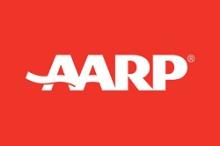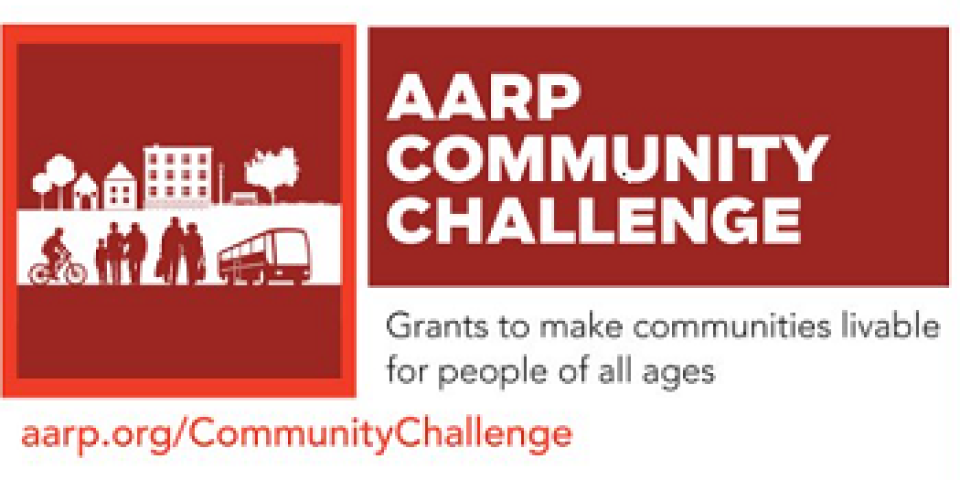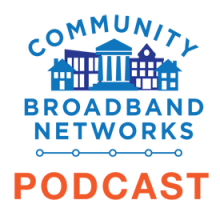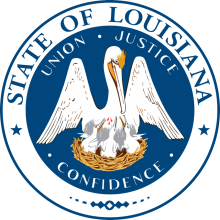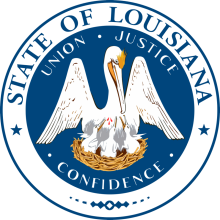Lessons from a Rural County - Episode 544 of the Community Broadband Bits Podcast

This week on the show, Christopher is joined by Senior Researcher Ry Marcattilio for a conversation about on-the-ground work in a rural county in Minnesota. After joining a listening session with local elected officials, the district representative, and the broadband action team, Christopher and Ry hop in the studio to reflect on what they heard. From grant requests that have gotten short-circuited by a local WISP with a history of acting against the public interest, to mapping woes, to resort towns frustrated by underinvestment and fragile telecommunications infrastructure, there are a lot of lessons which are applicable to rural counties facing similar problems all over the country.
This show is 29 minutes long and can be played on this page or via Apple Podcasts or the tool of your choice using this feed.
Transcript below.
We want your feedback and suggestions for the show-please e-mail us or leave a comment below.
Listen to other episodes here or view all episodes in our index. See other podcasts from the Institute for Local Self-Reliance here.
Thanks to Arne Huseby for the music. The song is Warm Duck Shuffle and is licensed under a Creative Commons Attribution (3.0) license.



